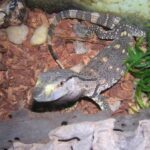
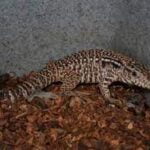
El Sav Albino
$899.99
Species Information: Iguanas are native to many parts Central and South America. Iguanas have become an invading species in some states of the US. Iguanas are difficult animals to keep as they require a special diet and housing requirements. Some people make the mistake of saying that an Iguana is a good beginner pet, but that is far from the truth. Iguanas should only be kept by an experienced reptile keeper and thought should be given to if you have the space, time and money to care for these large reptiles properly. If looking for a social reptile, the Iguana may not be for you. While they are comfortable around humans, many Iguanas prefer not to be handled actively. They are not suggested around small children. If you would like a social family pet, or are a beginner to reptile keeping and are looking for a lizard, you may consider trying a Bearded Dragon or a Leopard Gecko.
Size and Sexing: Iguanas can grow anywhere between 4-6 feet long and can weigh up to 20lbs, so be prepared to have a lizard the size of a small cat or dog. Iguanas aren’t obviously male or female until they reach sexual maturity. Sexual maturity is reached when the animal reaches 6-10 inches in length, which when cared for properly is normally around 1-2 years old.
Males show several secondary sexual characteristics. One of the most easily identified is the large jaw muscles on either side of the lower jaw, below the ear. These muscles produce large, swollen-looking “jowls”. Males have large, blocky heads, and the jowls add to this effect. Males also have two fatty deposits on their foreheads, behind the eye and above the ear. These also add to the size and blocky shape of the head. Males also tend to have longer dorsal spikes along their back, especially along the neck area. Another indication that an iguana is a male is the large pores that are visible along the inner thigh. These pores, called femoral pores, are easily visible in males, and are often filled with a waxy substance. Two other male characteristics are a heftier, heavier body and a bulge near the base of the tail where the hemipenes are located.
Females have an absence of male secondary sexual characteristics. Their heads are smaller and more streamlined with a lack of the fatty deposits behind the eyes and have less pronounced jowls. In addition to having smaller heads, females also have small femoral pores which do not develop waxy protuberances. Females tend to have longer, slimmer bodies than males and lack the hemipenal bulge near the vent.
Longevity: In captivity, if properly cared for, Iguanas can live to be 20 years old, though because of inexperienced keepers, many do not live to reach sexual maturity. Be prepared to have a reptile that will be with you for a bit longer than a pet dog!
Housing: Young Iguanas can be housed starting in a 20 gallon aquarium and getting larger as they grow. Remember that your Iguana will grow to 4-6 feet and so will quickly outgrow any manufactured aquariums! You’ll have to start building a custom home immediately as they grow very quickly! If you choose not to build a custom cage, you may consider putting off a spare bedroom just for him as he will quickly take it over as his own. Some people choose to let their Iguanas have free roam of their homes, but if you take this route, you will have to ensure it is Iguana proof. They love to put things in their mouth, so coins, candy and any other small objects should be removed. These animals are very clumsy, so he will likely knock over everything within reach of legs or tail, so don’t have any valuable or breakable objects in the area. They are arboreal, so they will climb to high places if they are available.
For an adult, six foot Iguana, they need an enclosure that is 9-12 feet long, 4-6 feet wide, and at least 6 feet tall, just to give an example of how large they get and their space requirements!
Light Source: Iguanas, like most lizards, need full spectrum lighting providing them with UVA and UVB lighting to help them metabolize calcium correctly and to ensure proper bone development. Without it, Iguanas can become extremely sick and die. Proper lighting can be provided through fluorescent tubes which are specially made for reptiles. This lighting should be provided for 12-14 hours and then turned off so that the Iguana gets accustomed to a regular day and night cycle.
Temperatures: Iguanas come from a tropical environment, meaning that they need to be provided warm temperatures in their habitat. Daytime temperatures should be kept at 80-85F while nighttime temperatures can drop to 75-80F.
Basking spots should be provided for your Iguana, but it should be made so that the animal can move in and out of the spot freely to regulate its temperature. Basking spots should be between 90-95F. These basking spots can be created with a ceramic heat emitter or a reptile basking light (red, blue or white). Red reptile basking lights can be used at all hours as they do not interrupt the reptiles day and night cycle.
All temperatures should be monitored with thermometer. A thermometer should be placed to measure the temperature of the basking spot and another to monitor the regular cage temperature.
Heat rocks are never recommended for any reptile, due to the high risk involved that your animal can get severely burned on its belly or sides.
Humidity: Because Iguanas are originally from tropical climates, they require a humidity level of 65-75%. These high humidity levels can be accomplished through daily misting with a water bottle or a misting system can be bought and set up that does it automatically. Humidity levels should be monitored with a hydrometer.
Substrate: Iguanas have a tendency to lick their surroundings, therefore loose substrate such as wood shavings, mulch, sand, or powder types should be avoided. Newspaper, butchers paper, paper towels, indoor/outdoor carpeting, or artificial grass are all excellent alternatives. If choosing indoor/outdoor carpeting or artificial grass be sure that the type you are getting doesn’t have loops or strings that your Iguanas nails could get caught in.
Feeding and Diet: Iguanas are strict herbivores, meaning they eat nothing but plants. Insects should not be a main source of an Iguanas diet because it can cause serious health problems. While it is not dangerous to offer a cricket occasionally, it should not be offered daily. Greens, vegetables and a small amount of fruit can be offered safely to your Iguana.
40-45% of the Iguanas diet can consist of greens such as collard greens, turnip greens, mustard greens, dandelion greens (with flowers), escarole, and/or water cress. Certain lettuces such as iceberg, romaine, and Boston butter lack sufficient nutrients and should only be fed occasionally.
Another 40-45% of their diet can be vegetables such as green beans, orange-fleshed squashes (butternut, Kabocha), snap or snow peas, parsnip, asparagus, okra, alfalfa (mature, not sprouts), onions, mushrooms, bell peppers, sweet potato, zucchini, yellow squash, and/or carrots. Rhubarb should never be offered because it is toxic to Iguanas.
The other 10% or less of their diet can be fruits such as Figs (raw or dried), blackberries, strawberries, raspberries, grapes, mango, melon (cantaloupe, honeydew, and watermelon), papaya, banana, and/or apple. Acidic fruits (citrus, tomatoes, kiwi, pineapples, etc.) should only be fed occasionally.
Wild plants are not recommended because it is likely they can contain dangerous pesticides that could be toxic to the Iguana.
Water: A large tub of water should be offered for drinking and soaking. Because the Iguana will get in the water and soak in it, the water and the container should be cleaned regularly because it is likely your animal will use the bathroom while in its source.
Cleaning: There are many cleaning products on the market that are safe for reptiles but a mixture of 5% bleach and water makes an excellent cleaner. The enclosure and all of its contents should be sprayed down and then rinsed thoroughly to ensure there is no cleaner leftover. Full disinfecting does not have to be done daily, but ensuring that droppings and soiled substrate is cleaned out on the daily basis ensures that your reptile stays happy and healthy in its enclosure.
If you have any questions, either about your pet or for educational reasons, feel free to give us a call.
Only logged in customers who have purchased this product may leave a review.


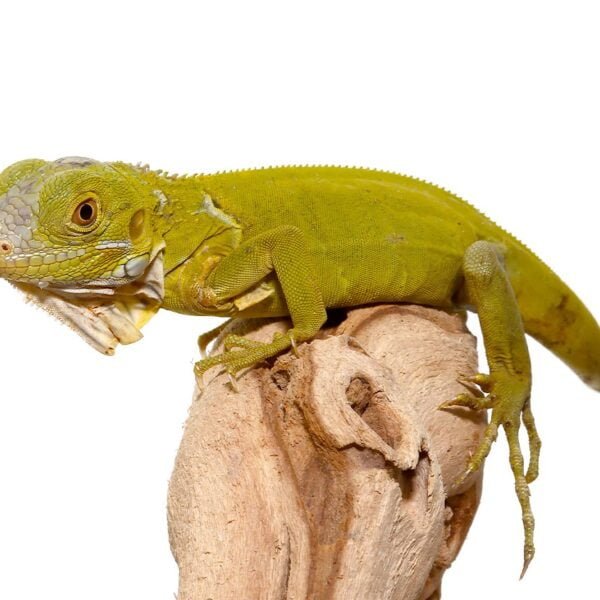
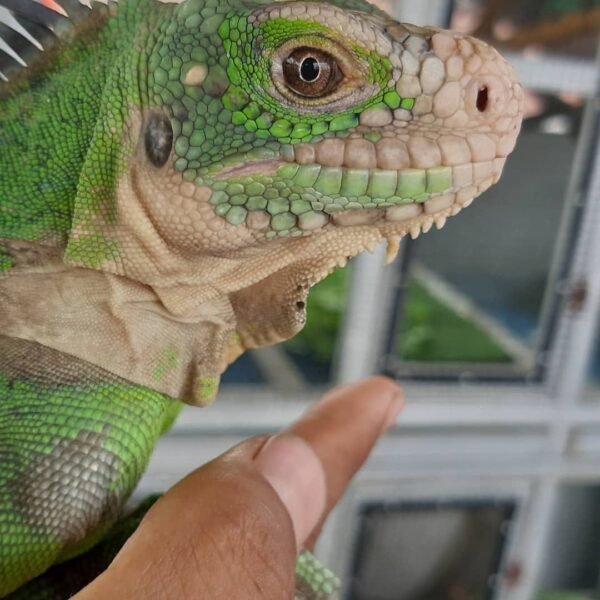
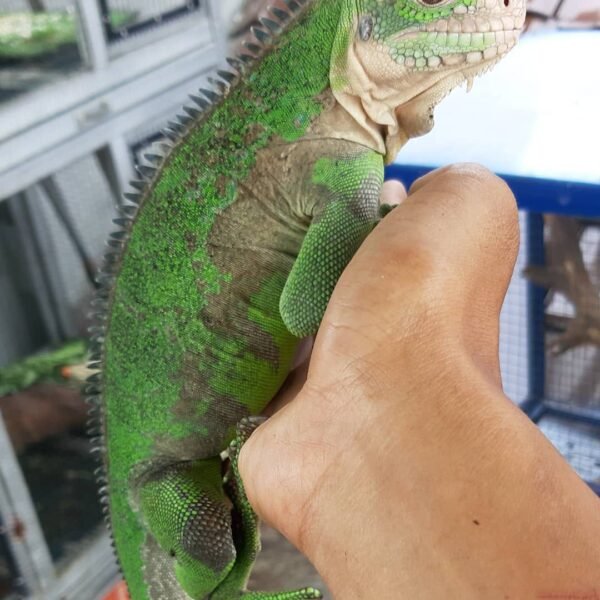
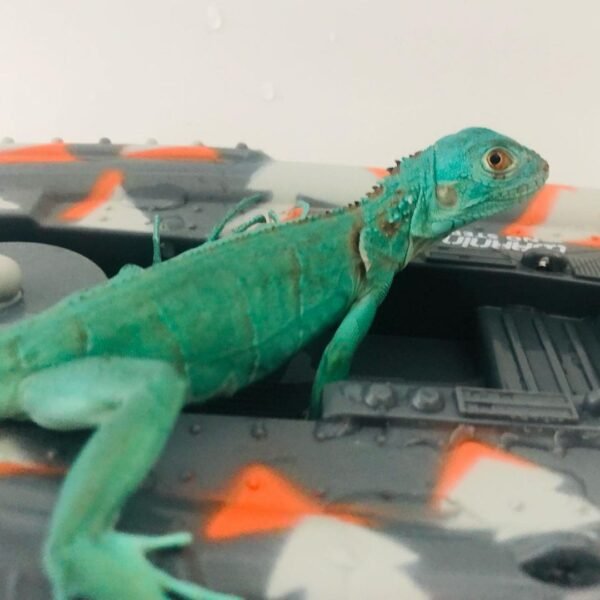

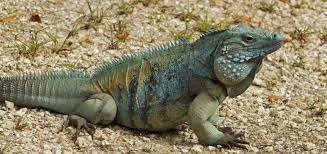

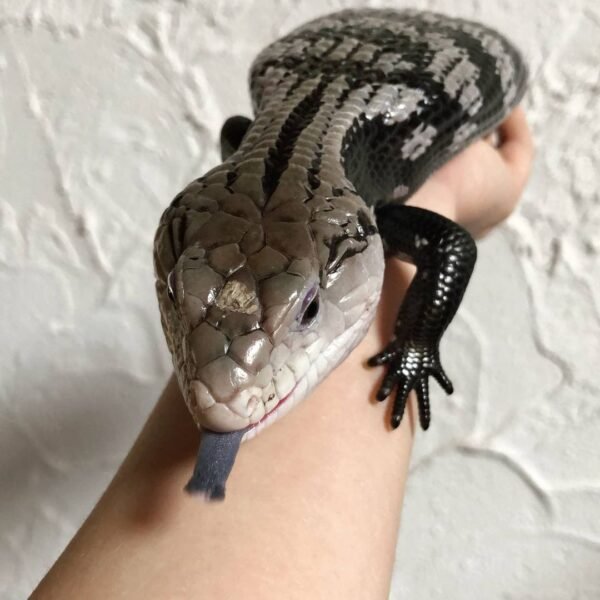
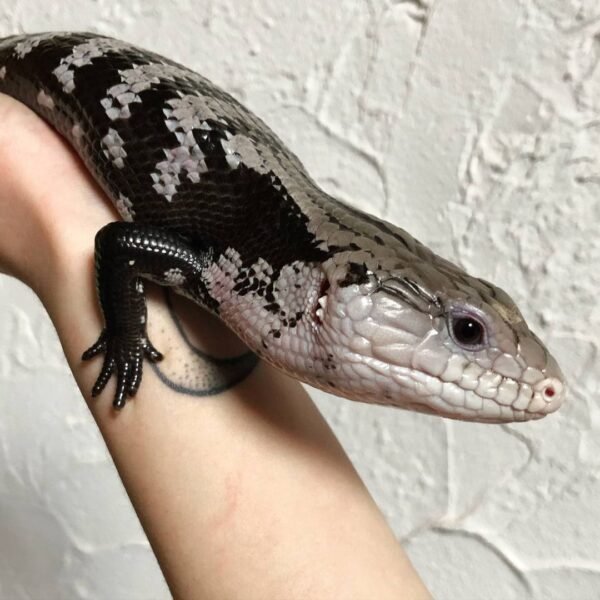
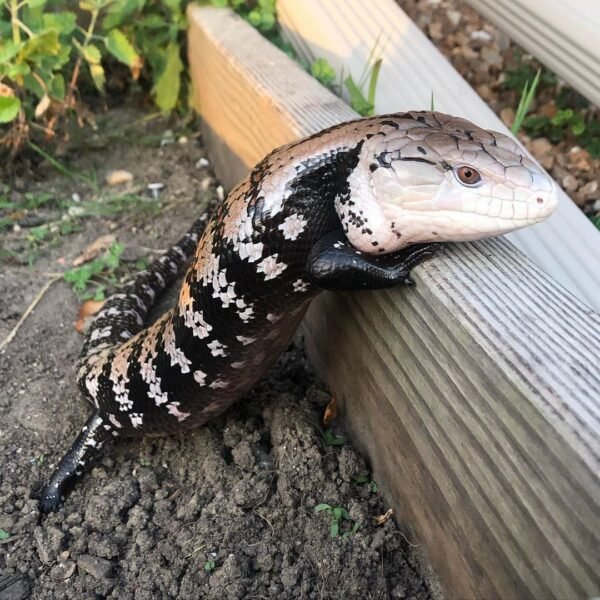

Reviews
There are no reviews yet.